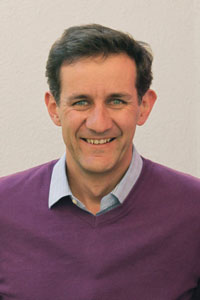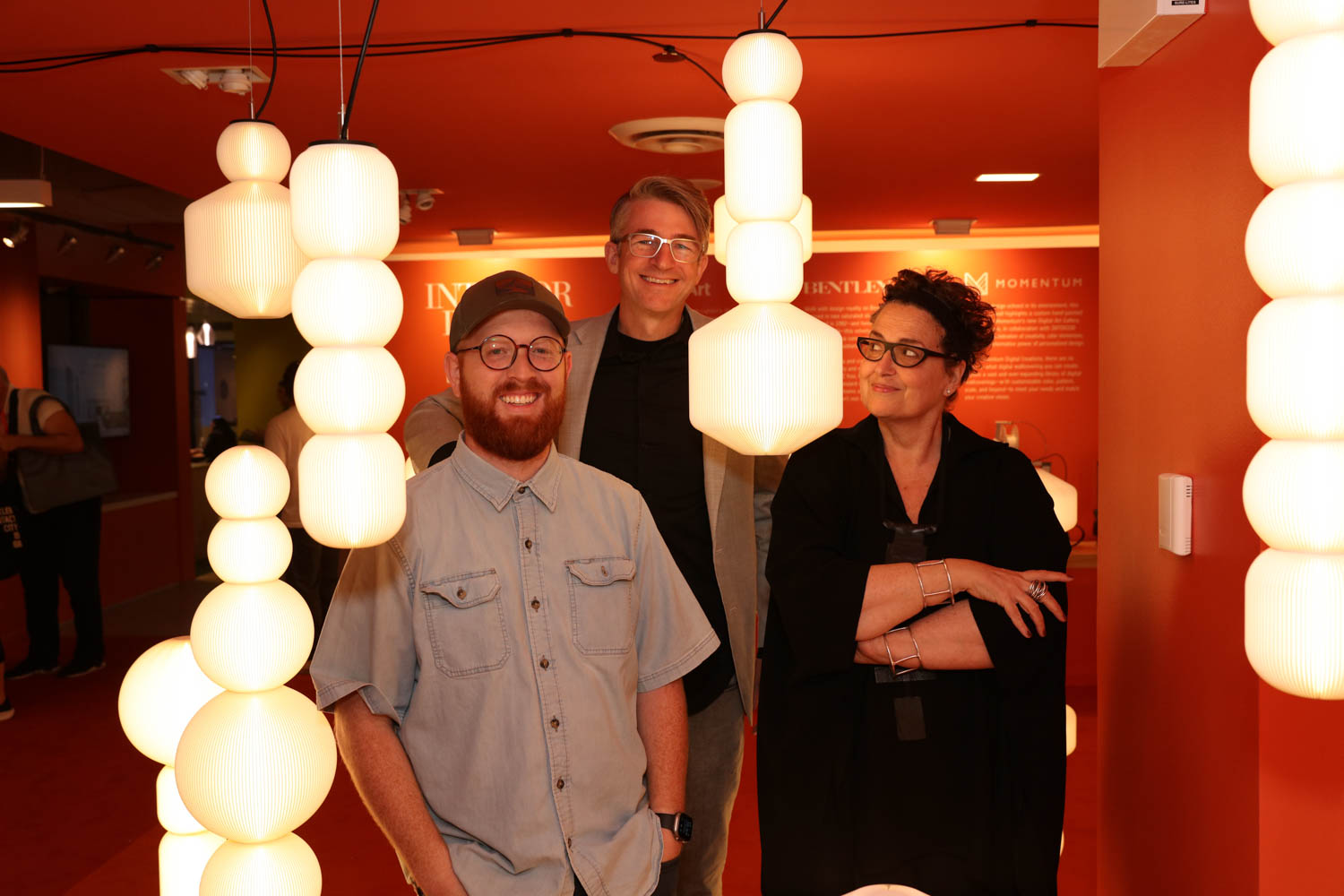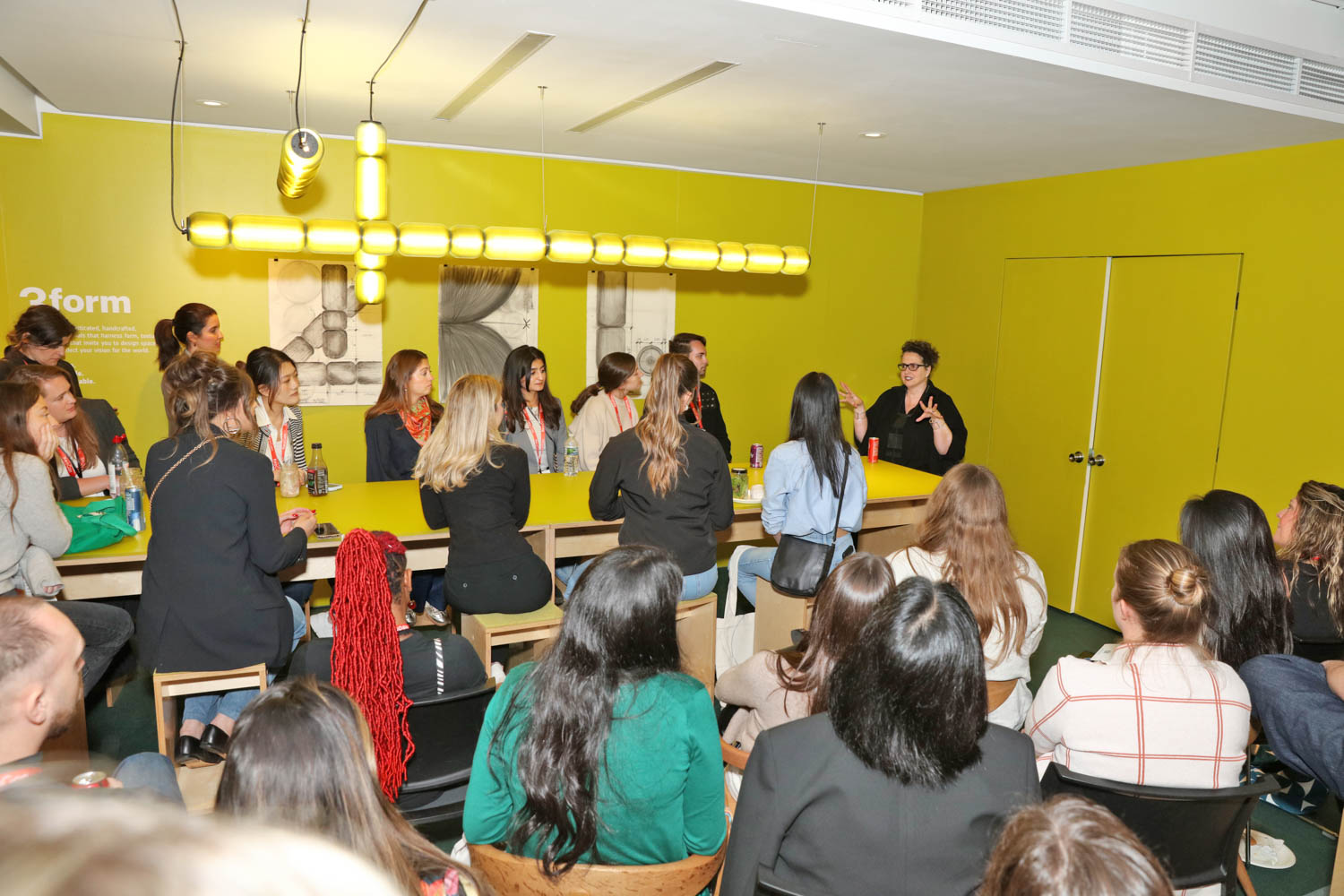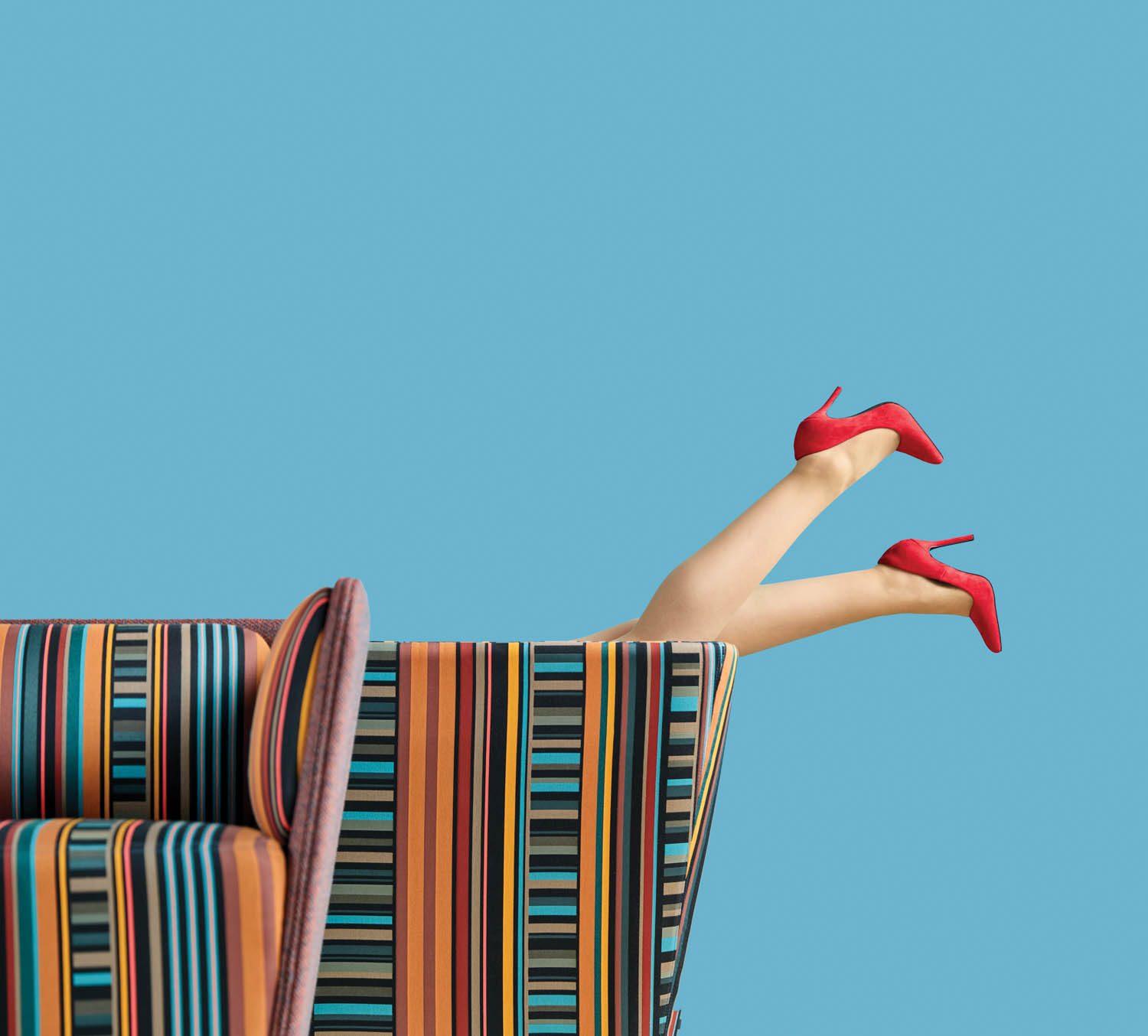10 Questions With… Victor Legorreta
Victor Legorreta, son of celebrated architect Ricardo Legorreta, took the helm at
Legorreta + Legorreta
(founded in 1964 as Legorreta Arquitectos) after the death of his father in 2011. Under his reign as partner, managing and design director, the Mexico City-based architecture firm continues to land major national and international projects—for example, new residences for MBA students at Stanford University in Stanford, California.
Here, he talks about initially rebelling against following in his father’s footsteps, balancing residential and commercial projects, and interpreting Mexican architecture in a contemporary way.
Interior Design: Was it always clear you were going to follow in your father’s footsteps?
Victor Legorreta: No, at the beginning I was a typical young person, more of a rebel
(laughs)
, so I didn’t want to work with my father. I worked in other offices and then we entered a competition together for a children’s museum in Mexico City. We won it, and found out that we got along together very well. After that I decided to join the office and we worked together for about 20 years, a bit more.

ID: Do you also consider yourself a disciple of Luis Barragan, like your father?
VL: Yes, I think we received the influence of Barragan and a lot of Mexican architects—the good thing is that Barragan interpreted let’s say the… “Mexican architecture” in a contemporary way—maybe each of us have interpreted it in a different way.
ID: How would you describe your style?
VL: As I mentioned, our architecture is inspired by the traditional architecture of Mexico, always reinterpreting it in a contemporary way. We like to look for spaces that are modern, but at the same time warm. The main objective of architecture is to make spaces where we as human beings feel comfortable—it helps us be happier.
ID: How have your aesthetic choices changed since you began your career?
VL: Good architecture should be timeless and should not fall into fashion. One can always buy new clothes, or change cars from time to time, but we should not demolish buildings and redo them after a few years. That would be irresponsible and not environmentally friendly. However, the way we live and use spaces changes continuously. For example in houses, life has become more informal, most of the interaction we have with friends and family no longer has as rigid protocols. We’re looking for solutions that allow this informality without loosing elegance or sophistication.
ID: What are you currently working on?
Our new 50-story office tower in Mexico City for
BBVA Bancomer
, the main bank in Mexico, is now very advanced in construction. It has been a great project for us, not only because of its prominent location in the city, but also because we did it in collaboration with
Rogers Stirk Harbour + Partners
. Working with them has been great.
Plus, we are designing the new residences for the MBA students at Stanford University. We are also working for Aga Khan University’s new
Graduate School of Media and Communications
in Nairobi, Kenya—looking for an architectural expression that responds to the East African culture.
ID: You do a lot of residential and commercial architecture. Do you think that your firm has a focus on one more than the other?
VL: No, we love to do both and this has been part of the philosophy of the office—trying to be involved in both. We think they compliment each other. Residential is a lot of work. Maybe you don’t have a business! It takes even more effort to design a good house than a large building. But it’s very, very gratifying because it’s where you really get to know the client and get personal, and you can really get a lot of detail in the design. So we try to keep—let’s say three or four residential works at the same time, not to have many of them, but try to keep that number.
ID: Generally are your projects all over the world? Would you say that you do more projects outside of Mexico than you do in Mexico?
VL: We used to have half and half. Right now we have a little bit more in Mexico, maybe 60 percent in Mexico and 40 percent abroad. We just finished a beautiful house on the Mediterranean in Greece.
ID: What helps you feel creative?
VL: For me the most important element of doing a good project is to have a good client, one who respects you but at the same time challenges you to give your best and be creative. Also we believe in team work, not only inside the office but also with other architects, landscape designers, interior designers, engineers, contractors and artists. The architect should be like the orchestra director, the one that makes sure everything follows a concept—but cannot do anything without good musicians.
Above all you need passion in order to do a good building. You end up thinking about your projects 24 hours a day. A project never ends, you
always
can do it better. Of course there is always a moment when you have to stop, otherwise you would never build anything. That is the anguish and at the same time the beauty of being an architect.
ID: What qualities do you like to have present in a residence?
VL: One of the best compliments we have received from a client is that he can sleep much better than before. That says a lot. A residence needs to give you peace and help you enjoy life.
ID: Can you name any great splurge items you’ve included in recent projects?
VL: The luxury of the future is the space. We believe a well-designed room can bring a lot of good things to you, not necessary the use of expensive materials. Luxury is a room that interacts with light, water, and nature in an aesthetic way.
ID: What do you think about in terms of inspiration? How do you get started?
VL: Usually what we do is have a series of conversations with the client, maybe we go for dinner or for lunch to see what the vision is for the house. And then we also go to visit the site as many times as possible. We try—let’s say for the first three, four weeks—not to do any design work, just to have the project in our heads.
Maybe we discuss it a little bit, but we don’t draw anything. That works because you establish the philosophy or the way that you are going. Then after these three weeks or month, we begin to start making the first sketches. The other thing is we work a lot with models. We do a lot of the starting models—cardboard, in the office, et cetera, to look at the right proportion of the different rooms.
ID: Have you traveled somewhere recently to a place that influenced you?
VL: We returned to Japan last year. It is an amazing culture, you keep learning from it every time. I especially enjoy the Japanese gardens. It is a lesson for us, how they see and respect nature as an element that we as people are part of and not as something we need to conquer.
ID: What do you do to in your downtime?
VL: I love cycling, both mountain and road. For me it is an opportunity to enjoy nature as you exercise, it gives me time to think and enjoy life.


